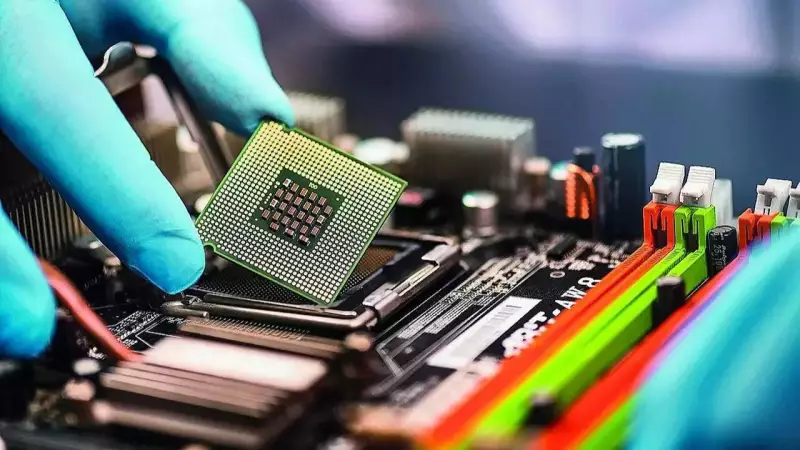
Memory Chip Crisis Deepens as AI Boom Consumes Supply
China's leading semiconductor manufacturer, Semiconductor Manufacturing International Corp (SMIC), has raised serious concerns about an escalating memory chip shortage that's beginning to ripple across the entire technology ecosystem. During a recent earnings call, company executives revealed that the scarcity is causing customers to hesitate significantly when placing orders for other types of chips as well.
SMIC's co-CEO Zhao Haijun expressed particular worry about the first quarter of next year, stating that companies are becoming increasingly cautious about their ordering patterns. "People don't dare place too many orders for the first quarter next year," Zhao explained during the call. "Because no one knows how many memory chips will actually be available — how many phones, cars, or other products it can support."
AI Revolution Creates Supply Chain Nightmare
The root of this growing crisis lies in the artificial intelligence boom that's consuming a massive portion of the global memory chip supply. As AI applications and infrastructure expand at an unprecedented rate, they're drawing memory chips away from traditional consumer electronics and automotive sectors.
Zhao highlighted the severe market conditions, noting that "the current memory market is in short supply and prices have surged significantly." This price surge is creating additional challenges for manufacturers across multiple industries, with car and smartphone makers expected to face both pricing pressure and supply uncertainty throughout the coming year.
What makes the situation particularly challenging is that few suppliers are currently willing to guarantee memory chip availability, leaving manufacturers in a precarious position when planning their production schedules and inventory management.
Production Capacity Increases Amidst Supply Concerns
Despite the supply chain challenges, SMIC has managed to increase its manufacturing capabilities. According to the Reuters report, SMIC's monthly production capacity grew by 3.2% from the previous quarter, reaching 1.02 million eight-inch equivalent wafers.
The company's utilization rate, which measures how intensively a foundry operates, also saw improvement, climbing to 95.8% from 92.5% in the second quarter. This indicates that SMIC is operating near maximum capacity to meet existing demand.
In terms of output, SMIC shipped 2.5 million equivalent wafers during the third quarter, representing a 4.6% increase compared to the previous quarter. The company's strong performance in the Chinese market continues, with China accounting for 86% of SMIC's revenue in the third quarter, up slightly from the second quarter.
Meanwhile, the United States market represented 11% of SMIC's revenue, showing a slight decrease from the previous 13%. Among application areas, consumer electronics excluding smartphones, computers, tablets, and industrial or automotive uses demonstrated quarter-to-quarter growth, primarily driven by domestic demand within China.
Zhao attributed this growth to SMIC's customers gaining more market share within China, suggesting that the company is successfully navigating the challenging global semiconductor landscape while maintaining strong domestic performance.





